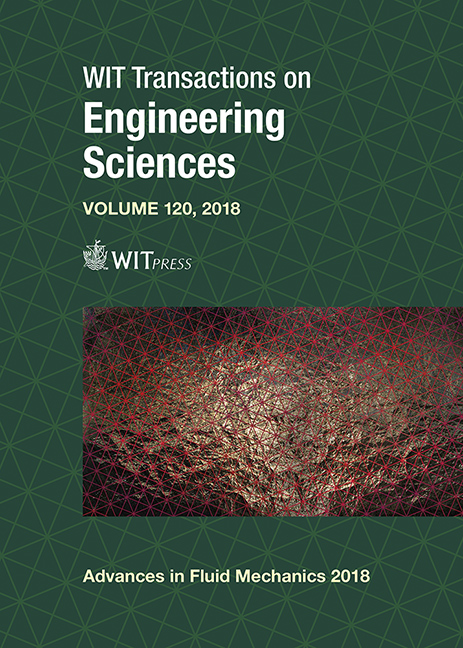CAPTURE OF PARTICLES DISPERSED BY DETONATION USING AN AQUEOUS FOAM CONFINEMENT
Price
Free (open access)
Transaction
Volume
120
Pages
11
Page Range
83 - 93
Published
2018
Size
514 kb
Paper DOI
10.2495/AFM180091
Copyright
WIT Press
Author(s)
MAÉVA MIKART, DENIS COUNILH, FRANCOIS GENSDARMES, ASHWIN CHINNAYYA
Abstract
Over the past decades, the need to mitigate detonation effects have significantly increased. To deal with these issues, the French Nuclear Energy Agency has studied aqueous foam confinement. This solution has two advantages. Firstly, the presence of this two-phase medium leads to drastically attenuate the blast wave generated by the detonation of an explosive device. Secondly, the presence of the liquid phase slows down and ultimately captures the micrometric and potentially harmful particles dispersed by the explosion. This specific topic will be discussed in this paper. Over the last year, we have conducted an experimental campaign which dealt with the potential of an aqueous foam confinement to capture micrometric particles. For this purpose, two configurations were tested: 88 g of micrometric tungsten powder for a 44 g explosive charge and 300 g of micrometric tungsten powder for a 150 g explosive charge. In the two cases, the tungsten powder has been dispersed in the air by the explosive charge. Two tungsten powder mean diameters were used, 1 and 4 μm, and confinements of various sizes were placed over the particles in order to quantify the ability of the foam to capture them. After the charge detonation, the airborne particles were sampled and both the concentration of this airborne aerosol and the particles size were monitored. The results obtained from the different configurations were compared in order to quantify the capture ratio depending on the size of the confinements, the particle size and the mass of explosive charge. They confirm the foam’s efficiency in capturing particles. However, an observation of the particles velocity and dispersion reveals that this efficiency is not linearly dependent on the foam’s length.
Keywords
capture, confinement, detonation, foam, particle





